National Gardening Week celebrates the greatest aspects of gardening and raises awareness annually.
National Gardening Week 2023 will soon be in full swing – and we’re all about encouraging Britain’s gardeners to pick up a fork and get growing! What better reason to celebrate all the things that make being a gardener great? The connection between nature and our well-being is undeniable and we’re thrilled to see more and more of you starting to embrace the power of plants and flowers to boost mental and physical health. So, in celebration of National Gardening Week, we’re pondering some of the ways in which gardening and time outdoors can help our bodies and minds, as well as giving your plenty of activities to keep you busy in the garden and perhaps some hints and tips you didn’t know about!
Garden Activities & How to Keep Busy
Build A Wildlife Log Shelter
Putting together a pile of logs in your garden will not only attract wildlife and give them a place to stay, but they are easy to build and can be tucked away in ‘unseen’ patches of the garden or plot. In turn, your community of wildlife will attract more birds, hedgehogs and frogs to your garden too!
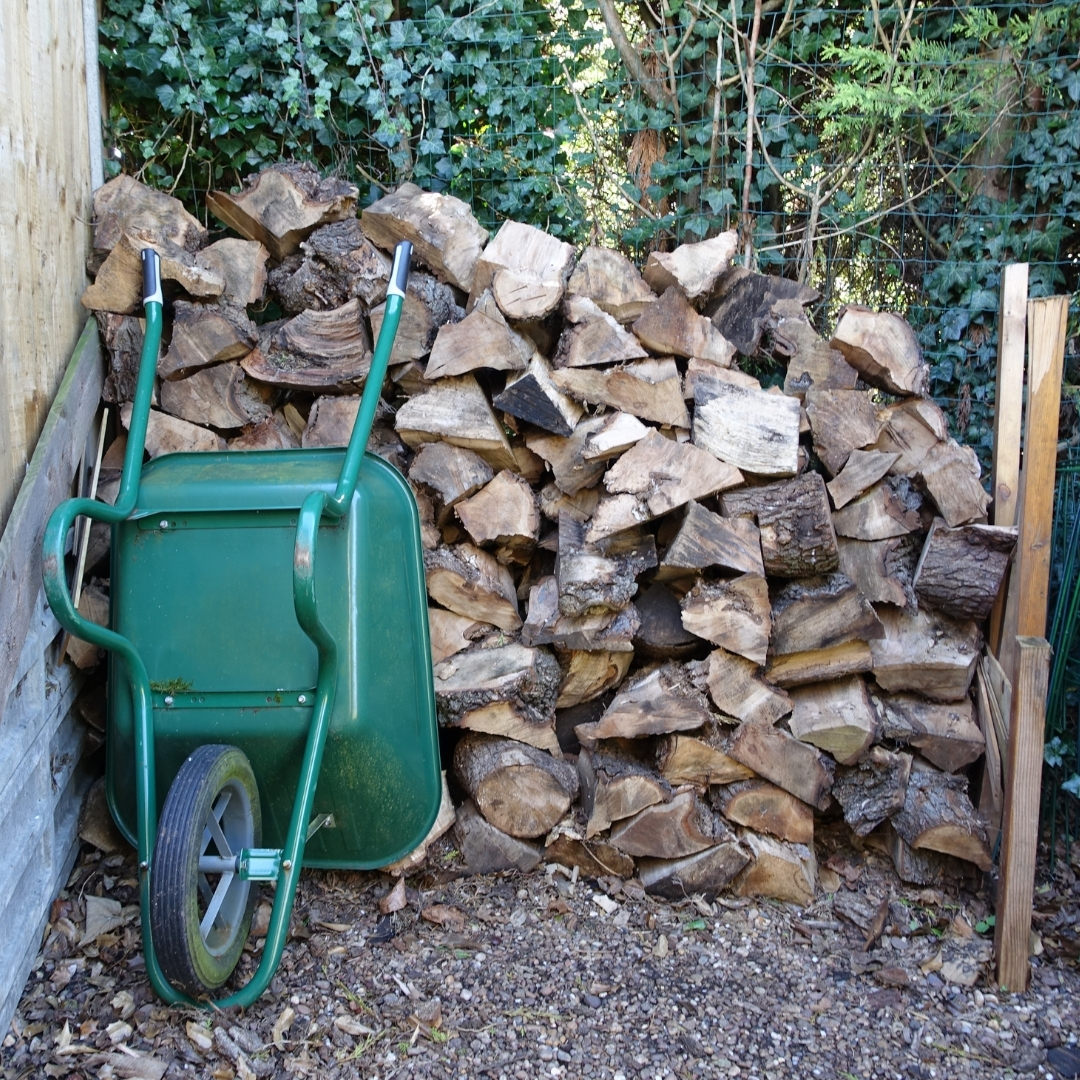
Step one: Collect your logs. If you don’t already have some, try and haggle some from a local tree surgeon or firewood dealer. Native wood does the best job, but any wood is better than no wood!
Step Two: Some call it a ‘minibest village’ but you can build up your logs in a variety of ways. Why not go for a scattered look under a hedge or around a flower border. Or a neat a tidy pile like the image depicts. A stack could be tidy and tall or a bit higgledy piggledy.
Step Three: There isn’t really a step three because building a log pile is as easy as that! What you can do is keep any eye for what lives in there, like woodlice, beetles, centipedes and more!
Expand Your Compost Bin
There are a few changes you could make to your compost bin to ensure you are really getting the full impact of all your efforts to have one! Or you might not have one and are sitting on the fence to taking the leap. Here we list a few of the key ways to use your compost bin, including what can go in there and the endless benefits!
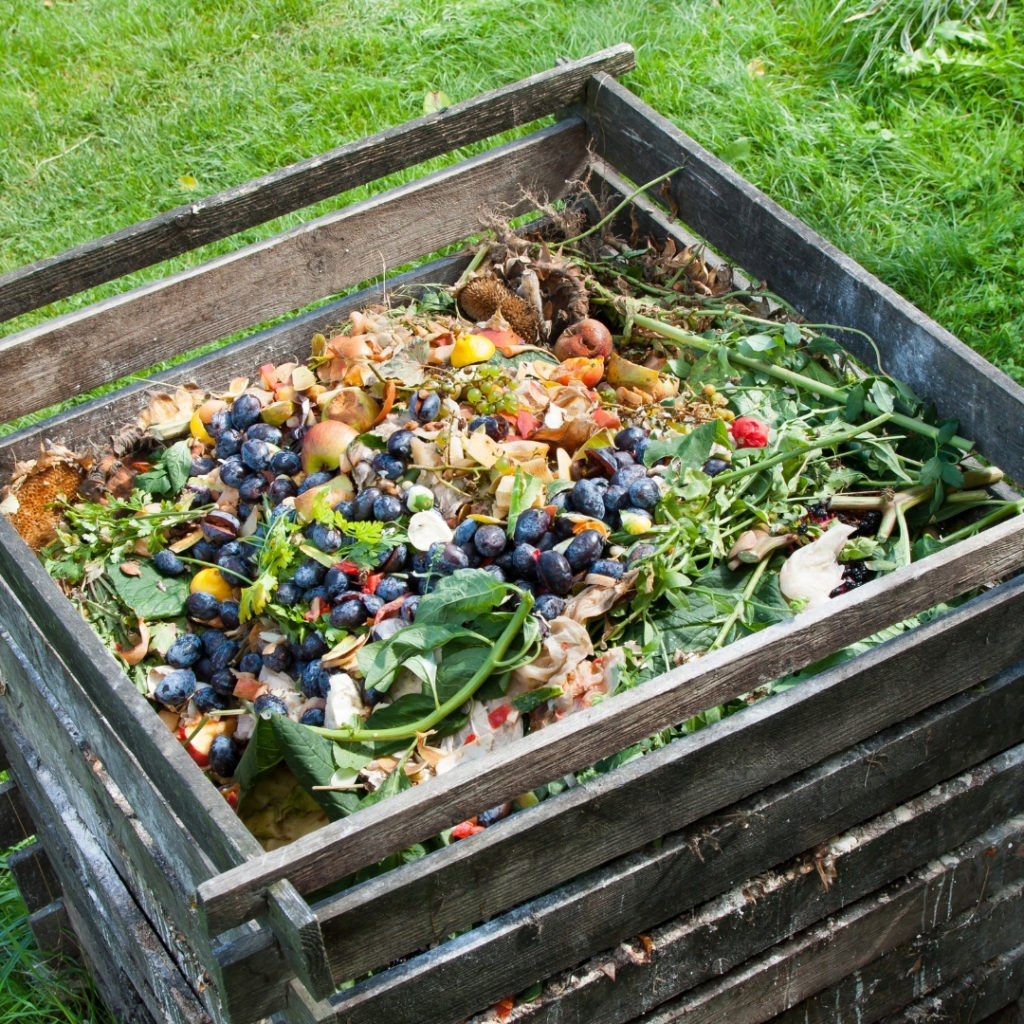
- Almost anything biodegradable can be chucked in the compost pile. From cut off flower heads, prunings, peelings and food waste can be transformed into nutritious and resourceful compost.
- Once you begin this you will soon realise that feeling the soil is the key to success with an organic garden. Home-made compost is free and we have many compost bins for you to try!
- Alternatively, you could build one using old containers or pallets, and fill them with a mix of brown and green material to hit the ground running.
- Make sure to remember to turn your heap pretty regularly, but try not to disturb any wildlife friends in there!
- It can be hard to get the perfect compost heap, some are too wet, to dry or don’t rot down quick enough. The best advice is to use a mix of materials, from leafy grass clippings to kitchen waste. This will keep a good balance in moisture and encourage quicker decomposition.
- Lastly, the bigger the heap the better! The bigger it grows the quicker it goes, so make sure you have a big compost bin! But, starting small is a small step to helping the environment, your soil and crops too.
Build A Gutter Garden
You can pretty much grow anything in any kind of container if you look after your crops well and give up it what it needs. However, a super cheap and easy container is in fact gutters. They don’t break the bank and easy to source while being super strong and reliable in all kinds of weather. One of the best things about gutter gardening is that it works for gardens and home with very limited outside space. All you need is a gutter and a steady outdoor wall or a strong fence will do. It’s great to grow your own fruit, veg and flowers albeit on a small scale too.
Gutter gardening is what it says on the tin, it allows you to garden in recycled gutters of all sizes and saves on space. This is necessarily a new upcoming way of gardening, but it’s definitely a fantastic lockdown project if you have a small space garden. Or, just have spare old gutters lying around and you fancy getting busy outdoors.
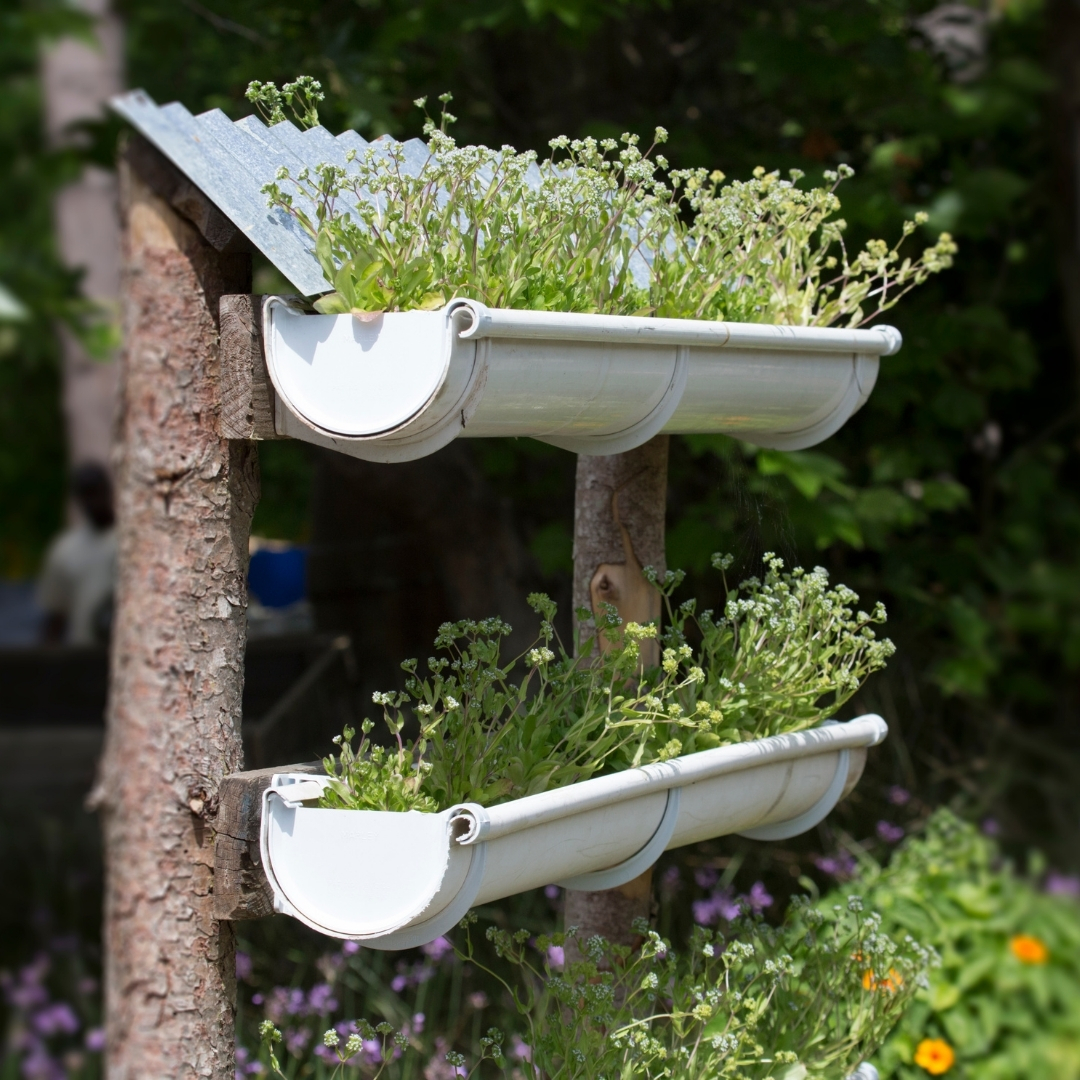
Step 1: Gather your lengths of guttering and drill a few drainage holes along the base of each piece.
Step 2: Attach to your desired wall with brackets and strong fixings. Your gutter garden might become pretty heavy so the strong brackets are a must!
Step 3: Fill your gutters with peat free compost and get cracking with sowing!
Remember: You might not be able to grow a large mound of potatoes in these gutters, but they are perfect for some varieties of small flowers, cacti, strawberries, salads and herbs.
Growing Your Own Veg – 6 Common Mistakes and How to Fix Them
We know that growing veg is great but doesn’t always run smoothly. There are some easy mistakes to stumble across, and most of the time we don’t even realise we are doing them! Here a few common veg-growing mistakes and how to fix them quickly and easily.
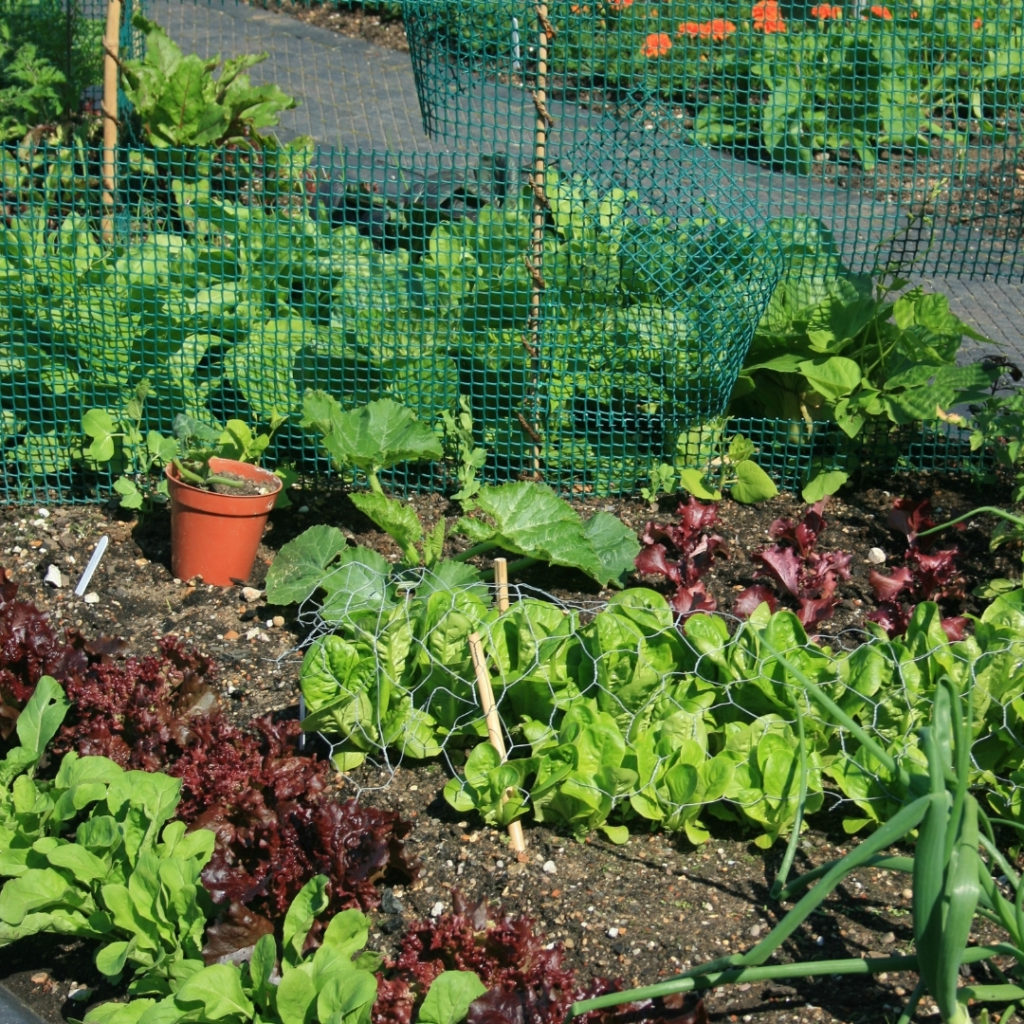
- Prepare your soil: It’s easy to think that every veg can grow in every soil but often the least successful veg outcomes are because of undernourished soil. Make sure to prepare your soil with a balanced organic fertiliser and a helping of compost when you begin planting.
- Don’t overcrowd your crops: Some salad types plants don’t mind growing close together, however, most veg thrives better when they aren’t packed into one space together. This is hard when space is limited, but try and space out your plants so their roots have enough space to stretch. You don’t want to risk blight or mildew!
- Too much water or too little: Consistency is the key, plants require a regular liquid feed but do your best not to overwater. If your soil drains well your plants should be fine handling too much moisture, but some might have leaves that turn yellow or the veg begins to crack!
4. Letting the weeds take over: This can be a annoyance, and a pesky job to keep up. But if you don’t clear away your weeds they will attract pests, and steal your plants sun, water and food!
5. Starting seeds too soon: Always follow the instructions on your purchased seeds. If they are started too soon you might not get the most successful crop, such as growing too tall or not at all. Always check the best sowing times as well as transplanting and planting to get the best result!
6. Lastly, don’t give up: Gardening doesn’t always go right and there isn’t a gardener who doesn’t go through some sort of roller coaster journey. Try not give up hope on the joy of gardening and growing your own produce, there are always small ways to overcome challenges or a seed waiting for you to try again.
The Power of Mind and Body in Gardening
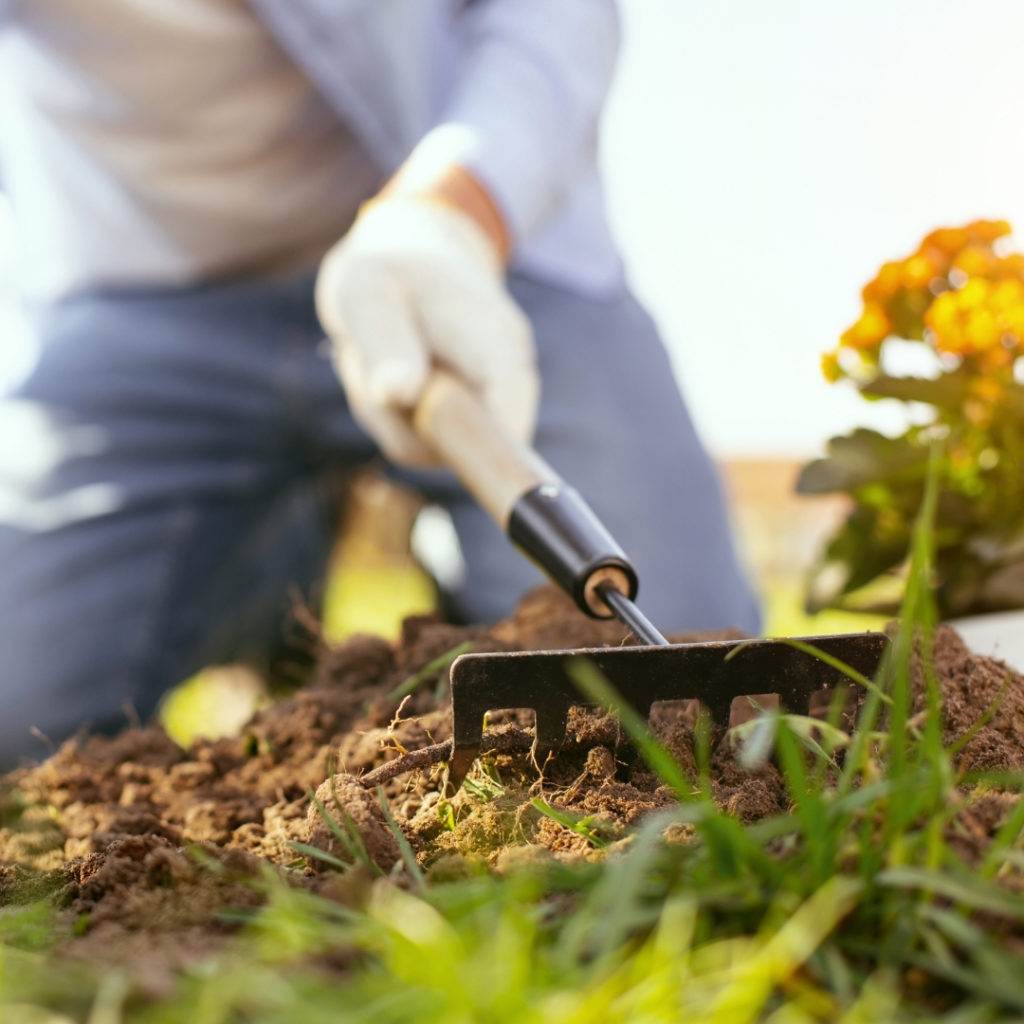
Gardening keeps us active
For one thing, being an avid gardener, or even having a smaller outside space to tend to can help to keep us active.
No matter what your age or your fitness level, stepping outside and getting to work in the garden regularly is a great way to get moving and work up a sweat.
Because you’re busy doing something productive and enjoyable, you won’t be counting the minutes on the stopwatch as you would if you were doing a more traditional workout, but we’re positive that getting busy in the garden burns those calories and keeps your joints moving.
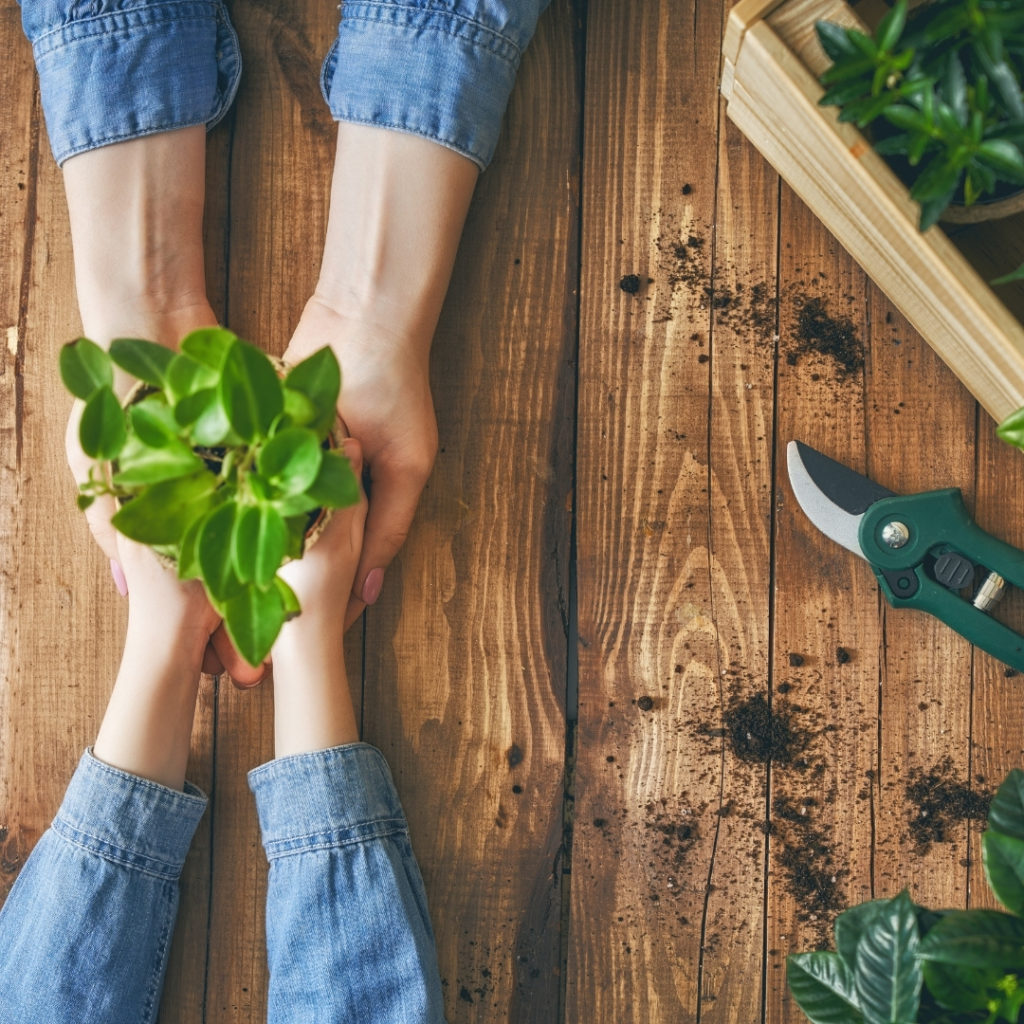
Flowers and plants boost mental wellbeing
It’s not just the body that can benefit from those gardening sessions…there’s a strong connection between our mental wellbeing and spending time outside.
The physical work associated with gardening is a great way to keep busy and occupy troubled minds and being in the fresh air with a purpose can be pretty therapeutic.
Whether you step outside after a long week to keep anxiety in check or you introduce gardening as part of a wider treatment plan for mental health challenges, it’s a good starting point.
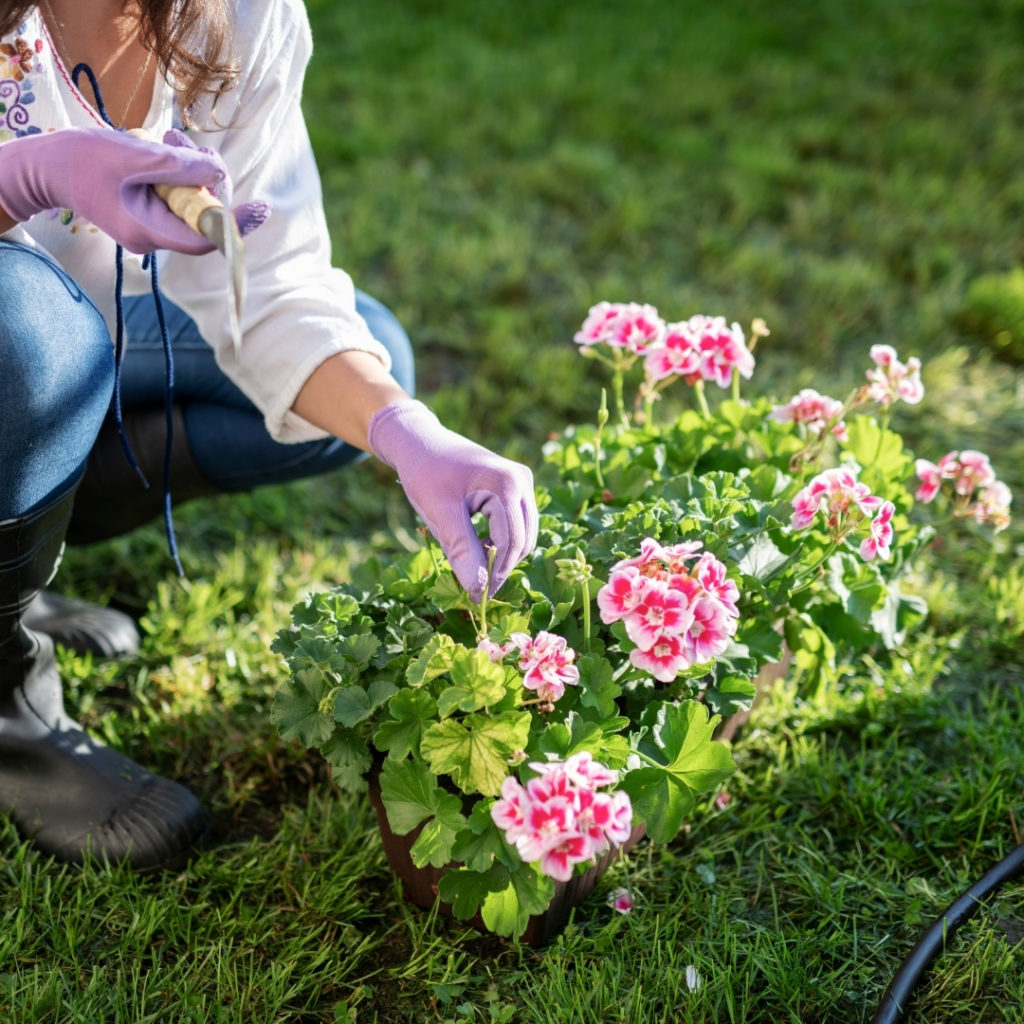
Outside spaces keep us connected
And then there’s the social side of it all. From the allotment to the back garden, there’s a community spirit enjoyed by gardeners that can have a big impact on those who live alone or experience loneliness.
There are some fantastic projects and initiatives to get people gardening for their wider communities, and there are plenty of ways for gardeners of all levels to join in and connect with others. These will start up again soon, but in the meantime, there are plenty of gardening forums online you can join! Including on Facebook too!
If you’ve got budding gardeners in the family, joining local events and projects is a fab way to inspire the kids to get involved. We all know that creating and caring for green spaces has undeniable ecological benefits, and it’s the perfect way to get your kids thinking about the environment while they have fun. They can get involved in online activities too!
Check out our latest blog posts below!

